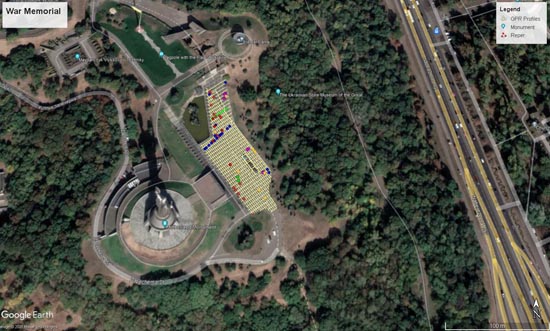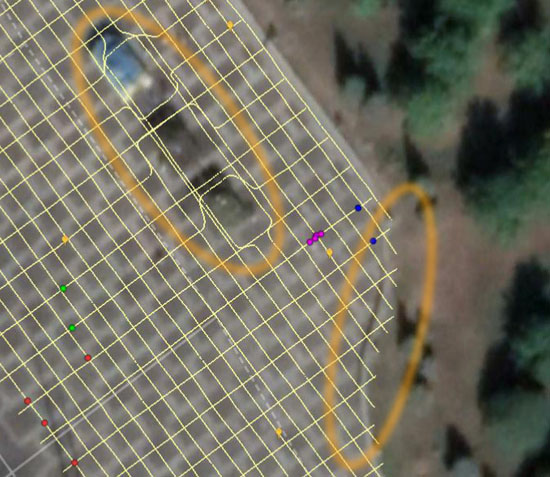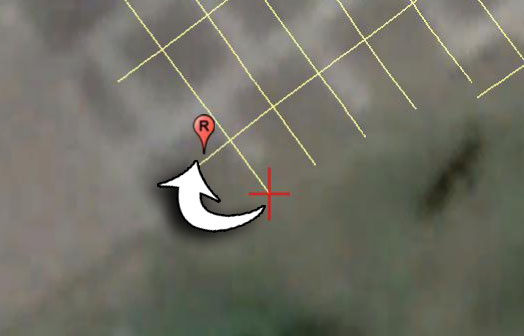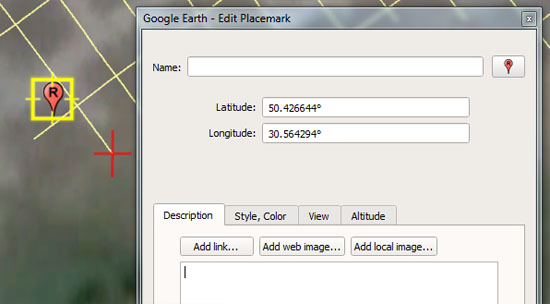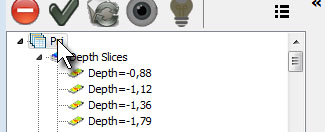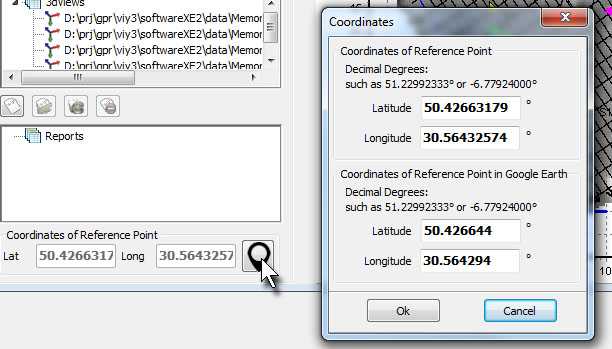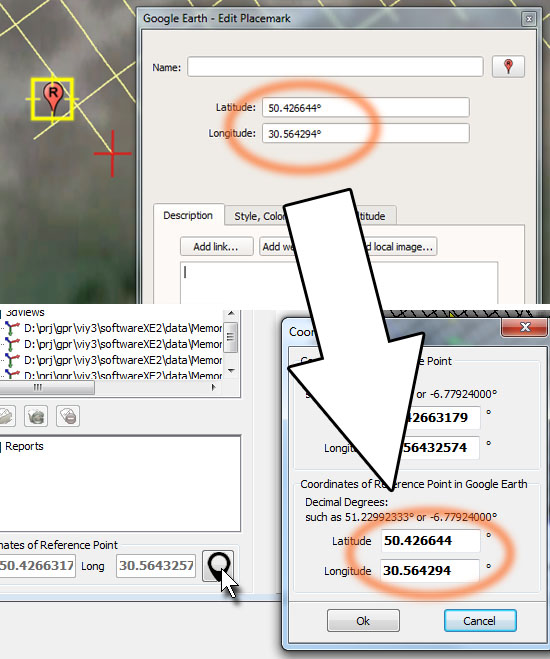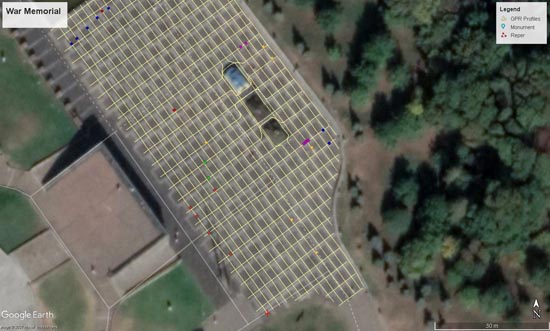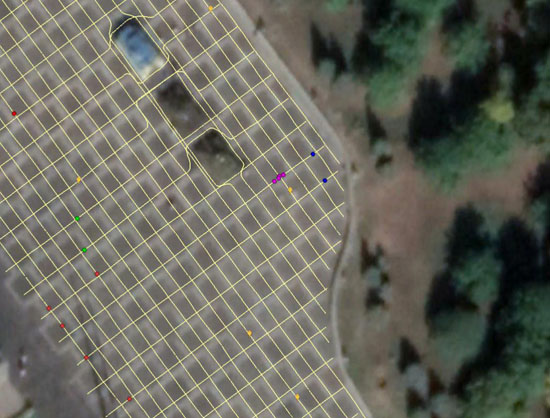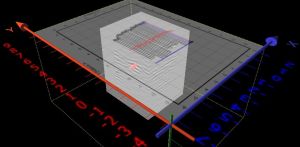The VIY software package by Transient Technologies has the option of exporting a GPR project to the free Google Earth software from Google. Displaying GPR data on live Google maps is convenient, visual and simple.
However, is Google Earth a real GIS? Here's what Google responds to this:
"Google Earth is not a Geographic Information System (GIS) with the extensive analytical capabilities of ArcGIS or MapInfo, but is much easier to use than these software packages. ... "
What does this mean for users of GPR?
After exporting the project from the Planner program to the KMZ format for Googe Earth, users sometimes found that the GPR data was shifted relative to the image of the Earth's surface. In our case, the shift was about 4 m.
Moreover, we can be sure of the accuracy of our GPS data, they were checked with the second set of DGPS receiver. The inaccuracy was 0.6m.
So, to more accurately combine GPR data with the Google Earth plan, you need to do the following:
- in Google Earth, we determine the required shift of the georadar project
- in Google Earth, next to the reference point of the GPR project add Placemark and place it with the required shift
- open the Placemark properties from Google Earth
- in the Planner project, click on the project branch in the object tree
- then in the lower part of the window, click on the button next to the coordinates of the reference point of the project, a window for setting coordinates will appear
- copy the coordinates of the Placemark from Google to the coordinates in the Planner program in "Coordinates of Reference Point in Google Erarth"
- save the GPR project in the Planner program.
Now the export to Google Earth looks like this.
In details
for comparison without correction
An important point needs to be made here. This coordinate correction only affects the result of export to Googler Earth and does not change the coordinates of the data in the Planner project and also does not affect DXF export (for Auto Cad)

